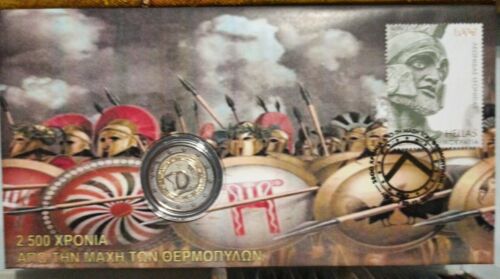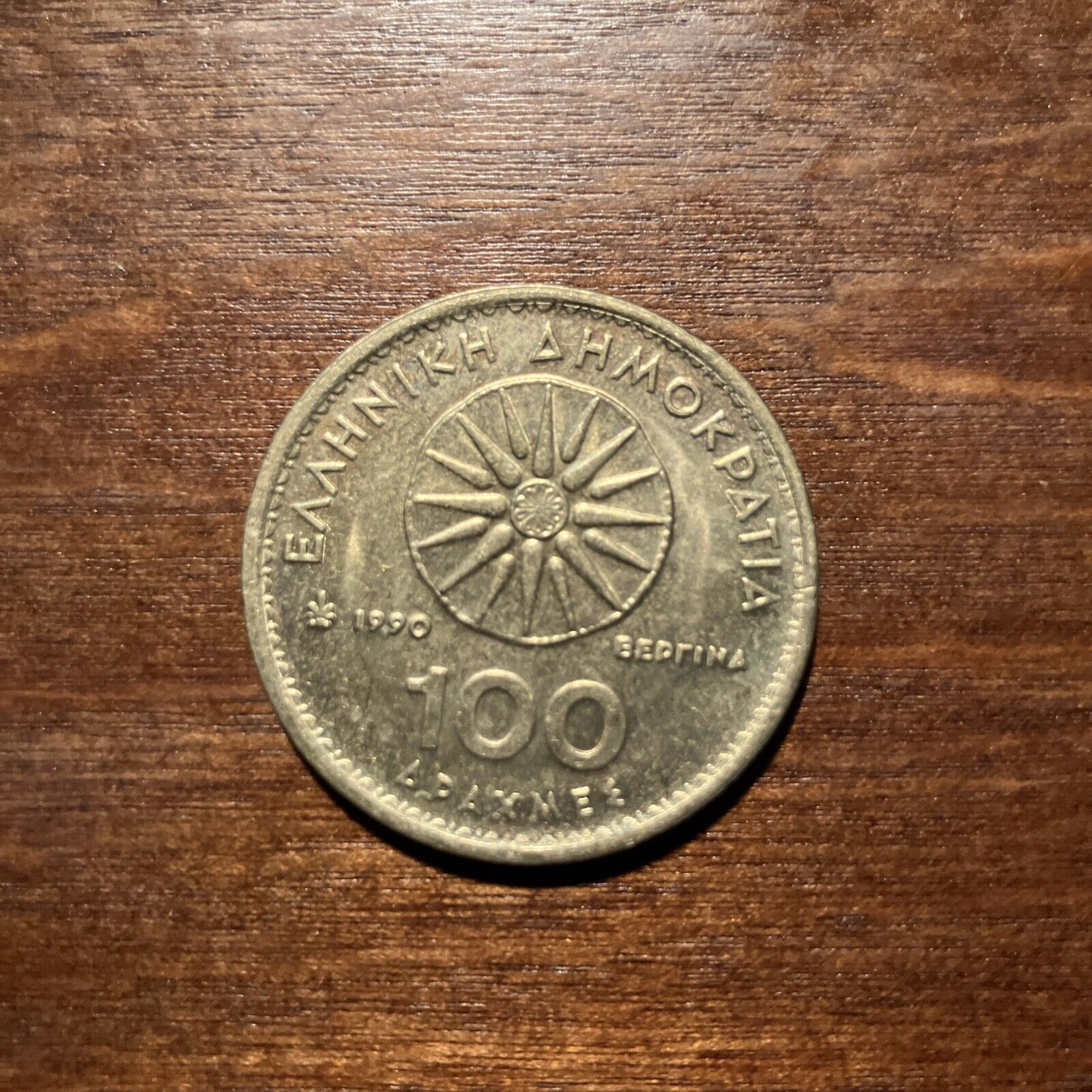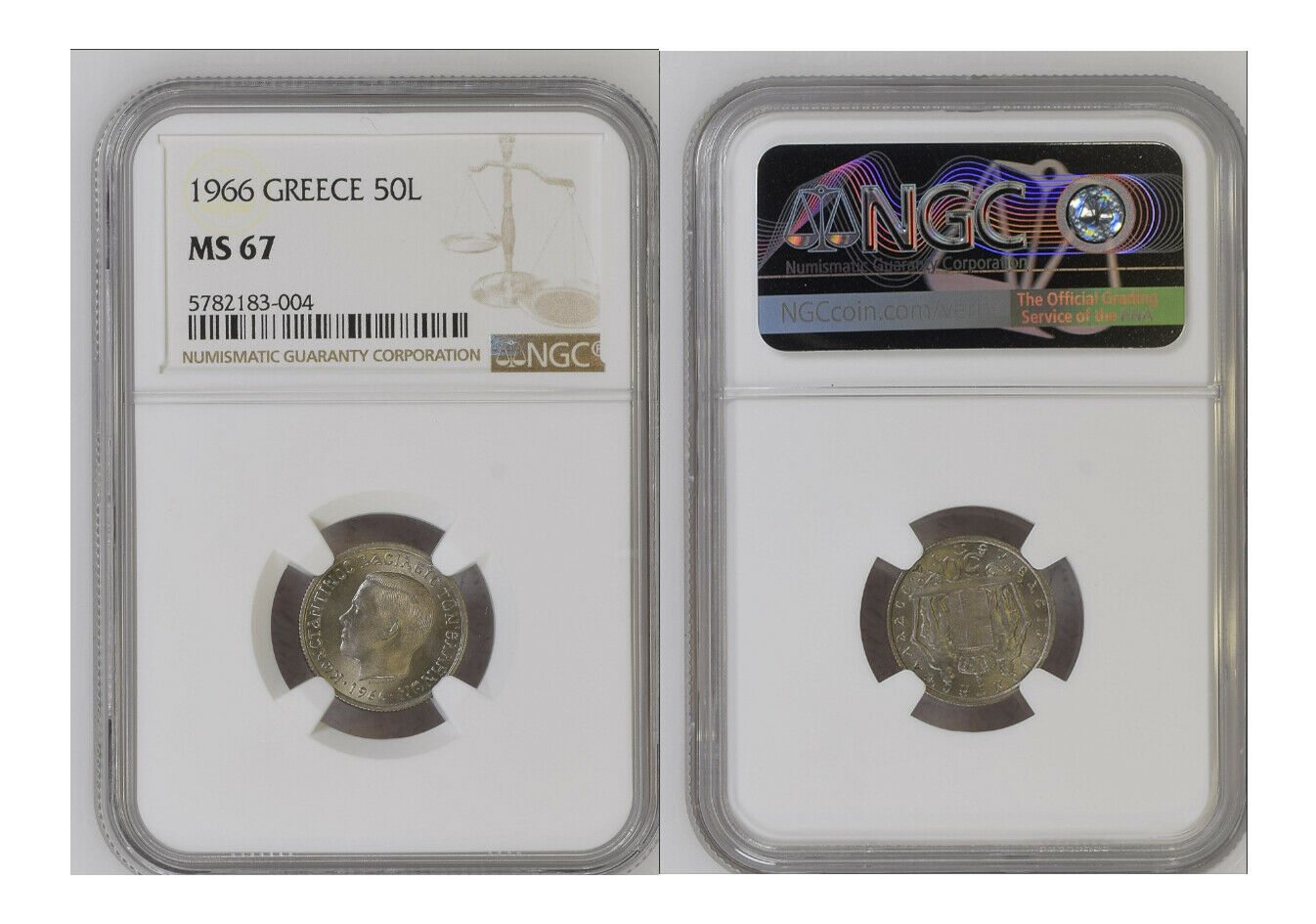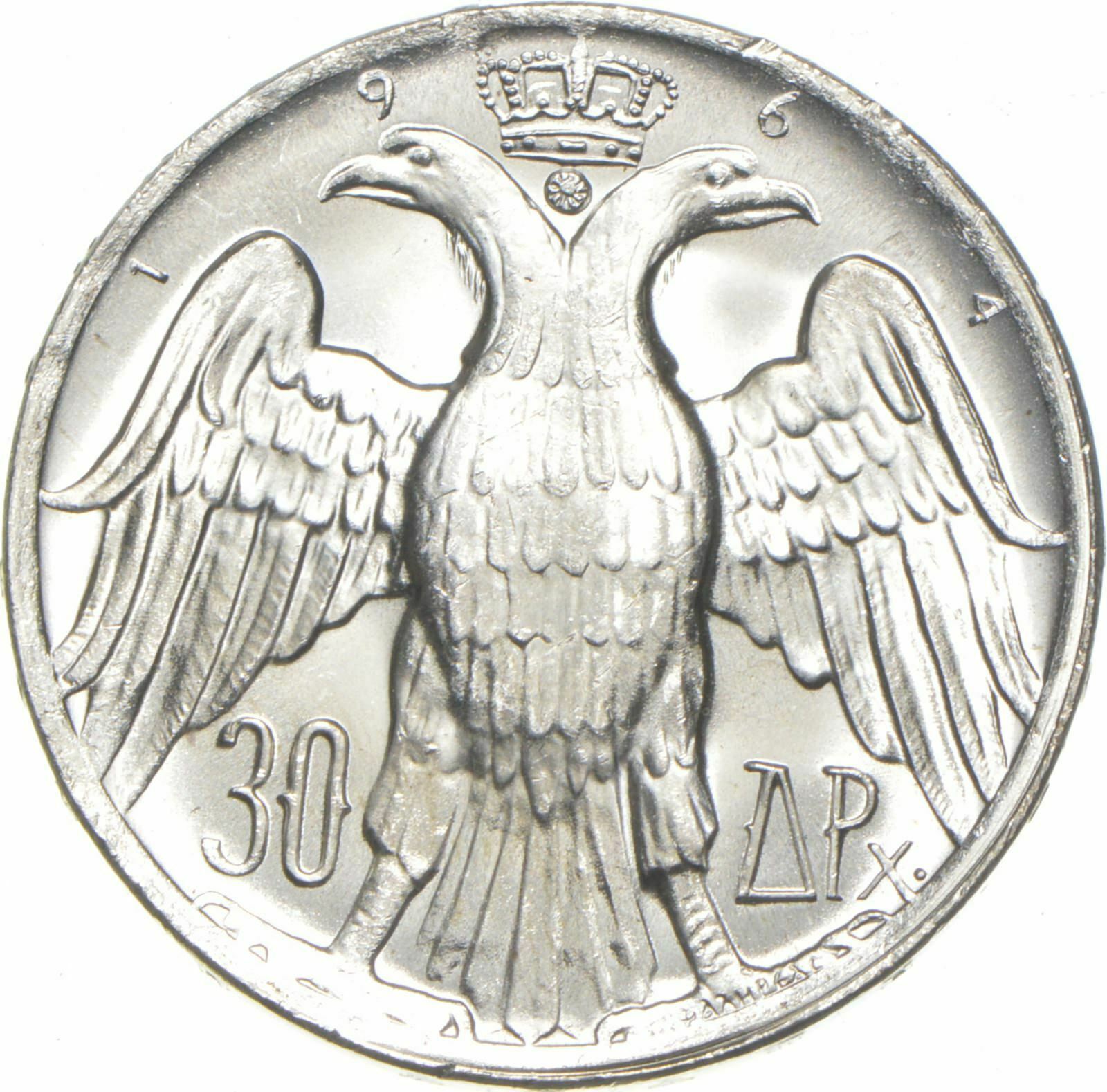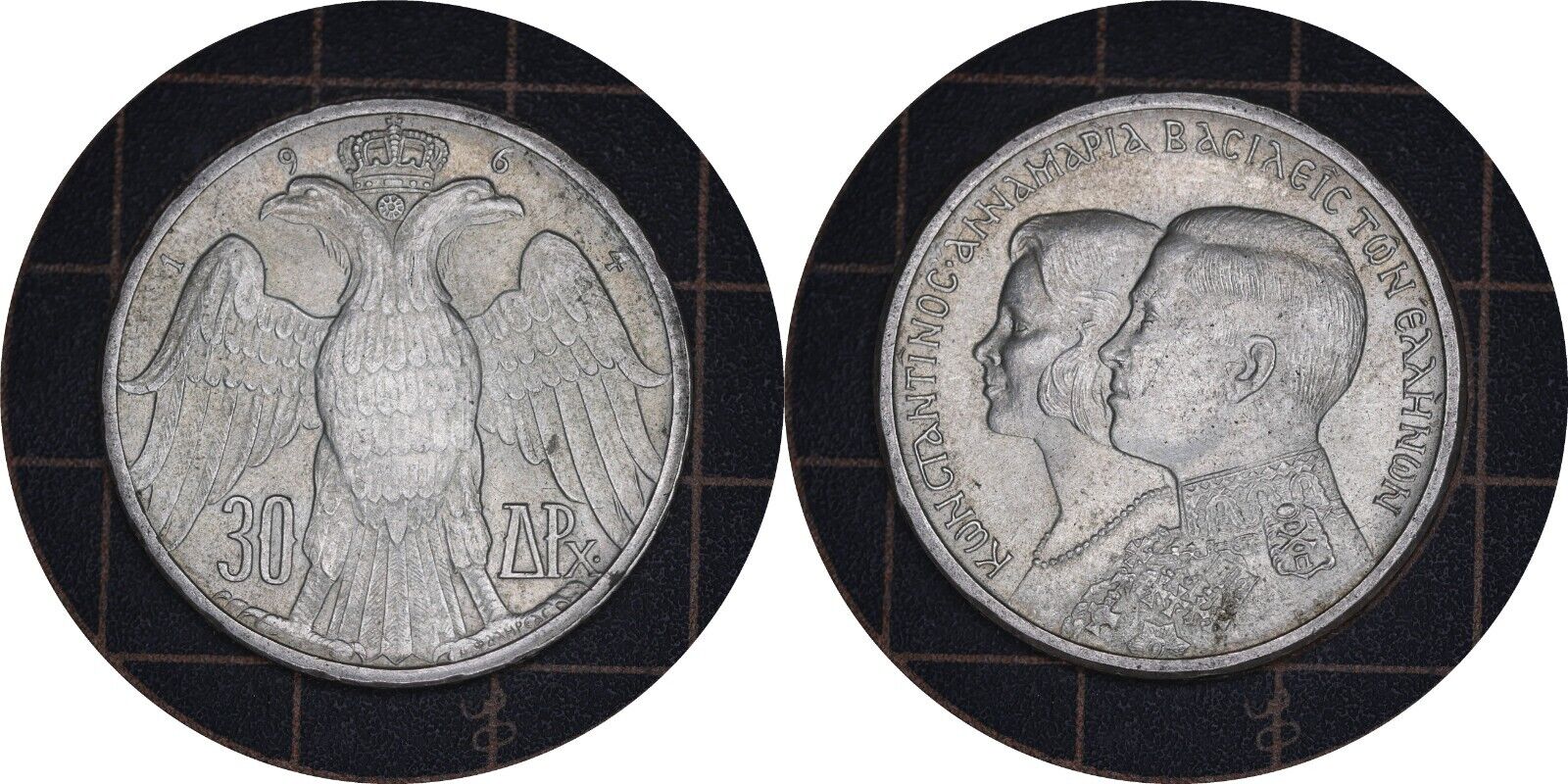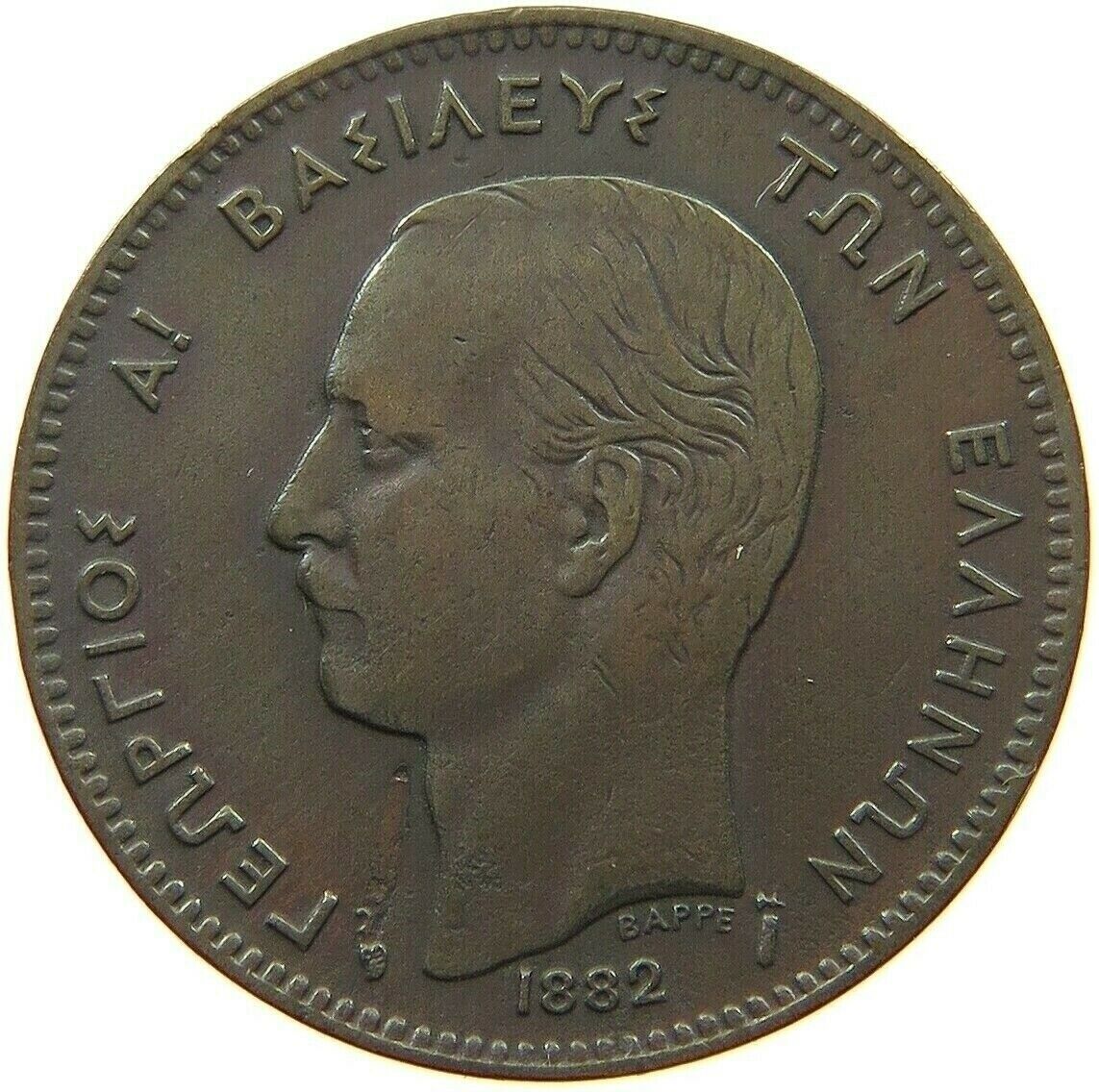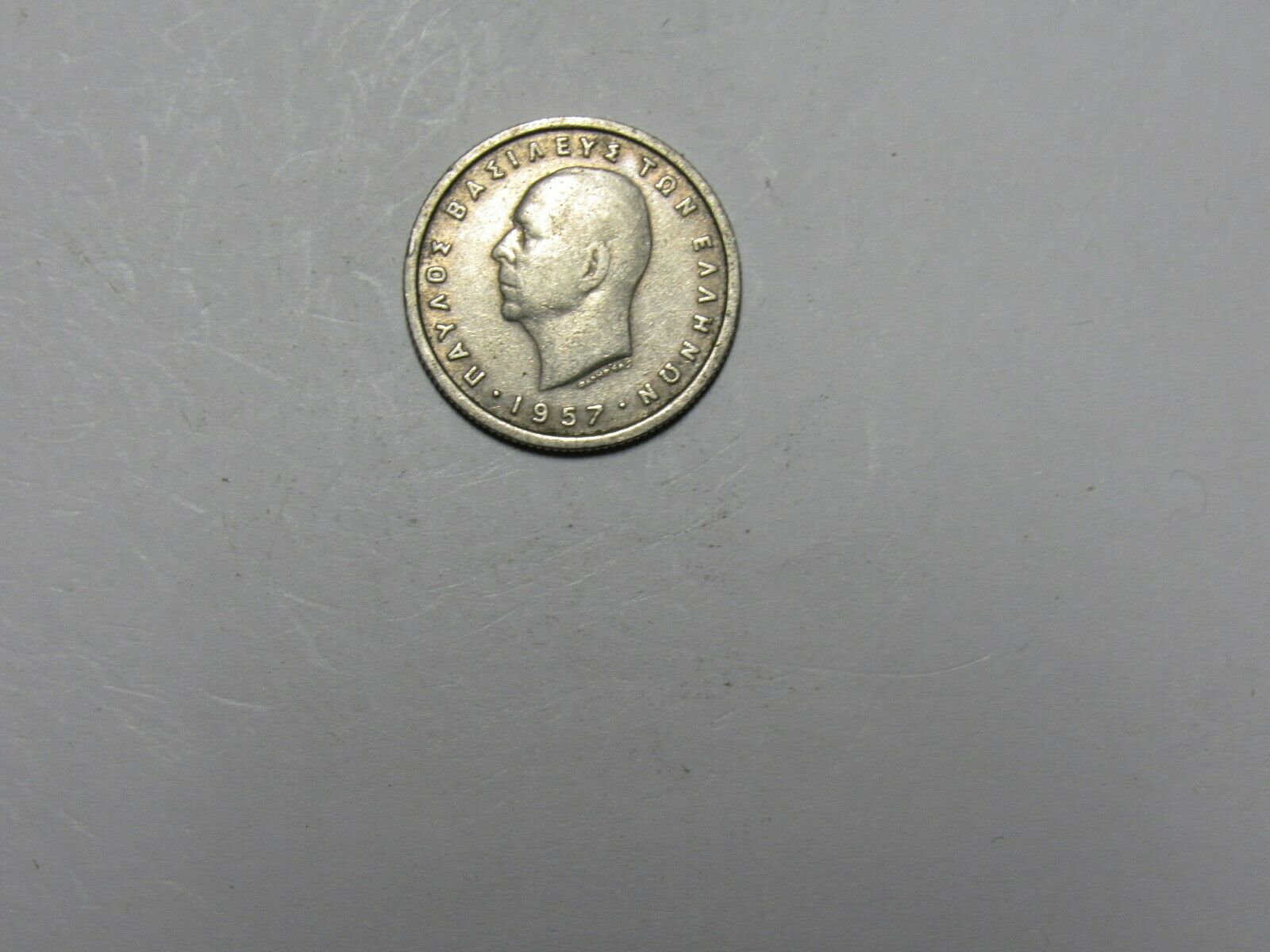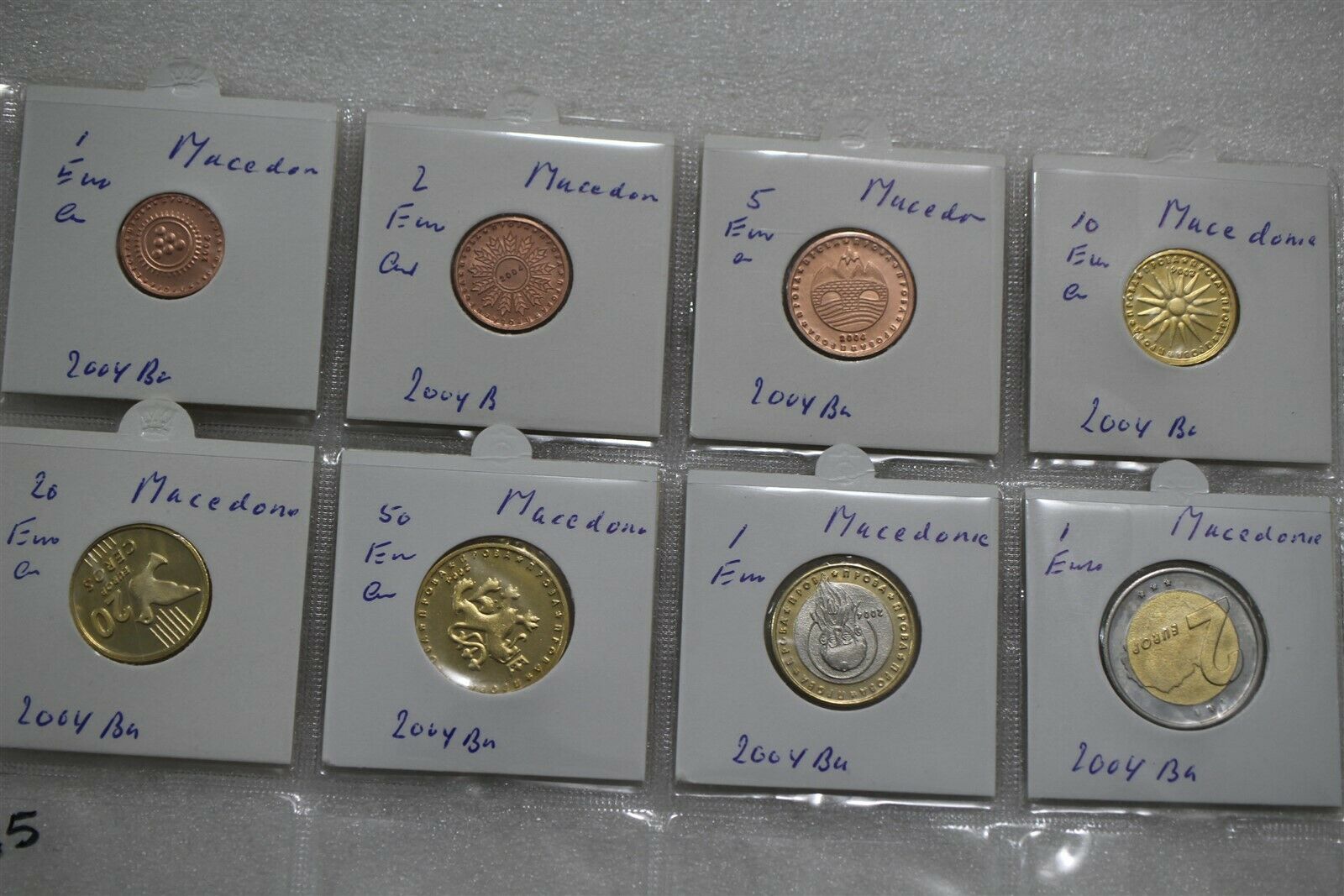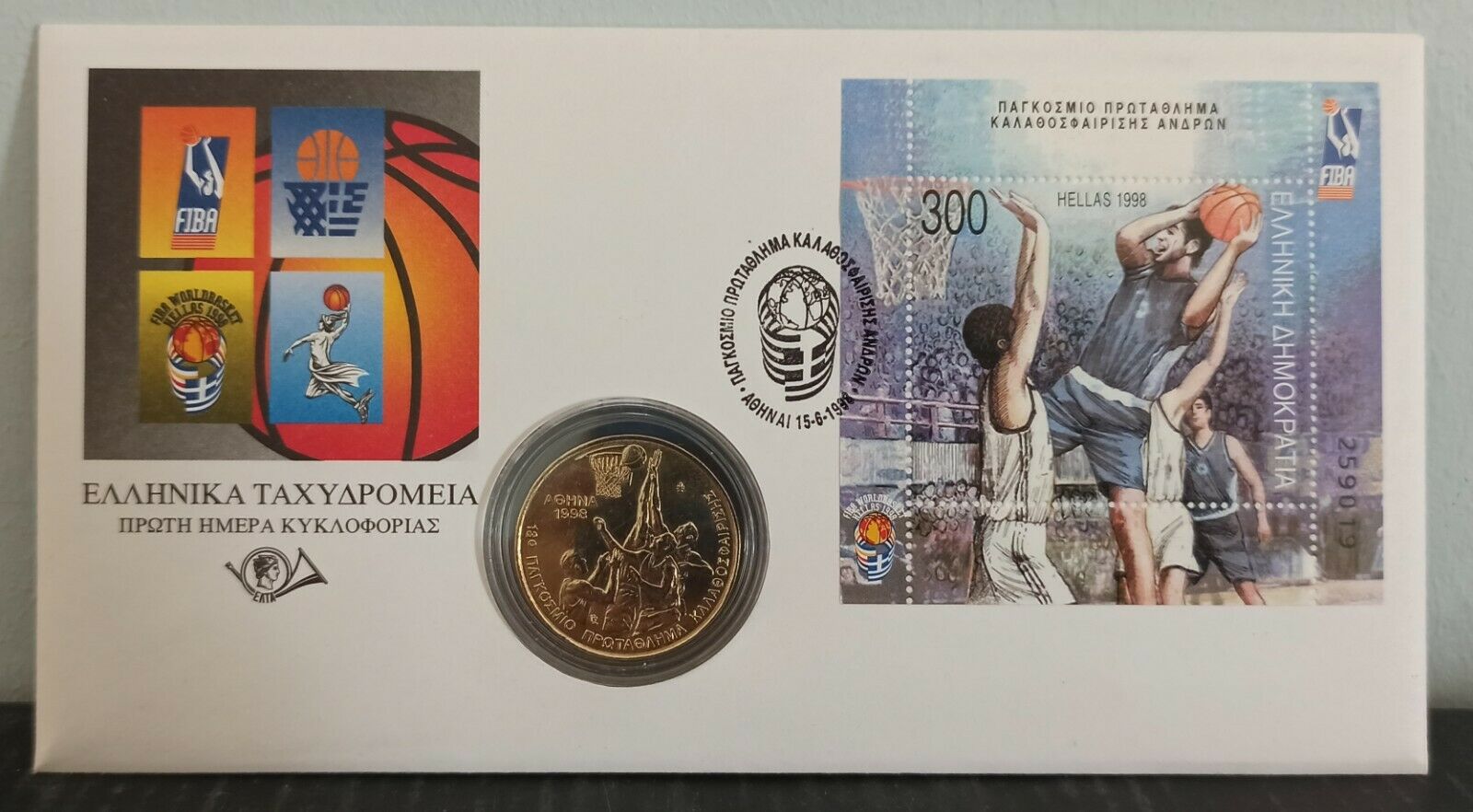-40%
Special issue 28🅰️ THERMOPYLAE 2 EURO 2020 GREECE 🅰️ Grece Grecia Griechenland
$ 26.38
- Description
- Size Guide
Description
The item on the pictures is the one that you will receive. Look carrefully and judge for your self for the quallity and the grade.S&h is .90 for all the world.
Registered mail with international tracking number.
GREECE 2 EURO 2020 2500 YEARS SINCE THE BATTLE OF THERMOPYLAE. SPARTA KING LEONIDAS and his 300 soldiers.
BID WITH CONFIDENCE. . SELLER with 100% POSITIVE FEEDBACK.
Battle of Thermopylae
Part of the
Greco-Persian Wars
19th-century painting by John Steeple Davis, depicting combat during the battle
Date
20 August
[1]
or 8–10 September
[2]
480 BC
Location
Thermopylae
,
Greece
38.796607°N 22.536714°E
Coordinates
:
38.796607°N 22.536714°E
Result
Persian
victory
[a]
Territorial
changes
Persians gain control of
Phocis
,
Boeotia
, and
Attica
[3]
Belligerents
Greek city-states
Persian Empire
Commanders and leaders
King
Leonidas of Sparta
†
Demophilus
†
King
Xerxes I of Persia
Mardonius
Hydarnes II
Artapanus
[4]
Strength
Total
5,200 (or 6,100) (
Herodotus
)
7,400+ (
Diodorus
)
11,200 (
Pausanias
)
7,000 (modern est.)
[5]
[6]
2,641,610 (Herodotus)
[7]
70,000–300,000 (modern est.)
[8]
[b]
[9]
Casualties and losses
4,000 (Herodotus)
[10]
c. 20,000 (Herodotus)
[5]
Location of the battle of Thermopylae
The
Battle of Thermopylae
(
/
θ
ər
ˈ
m
ɒ
p
ɪ
l
iː
/
thər-
MOP
-i-lee
;
Greek
:
Μάχη τῶν Θερμοπυλῶν
,
Máchē tōn Thermopylōn
) was fought between an alliance of
Greek
city-states
, led by King
Leonidas I
of
Sparta
, and the
Achaemenid Empire
of
Xerxes I
over the course of three days, during the
second Persian invasion of Greece
. It took place simultaneously with the naval
battle at Artemisium
, in August or September 480 BC, at the narrow coastal pass of
Thermopylae
("The Hot Gates"). The Persian invasion was a delayed response to the defeat of the
first Persian invasion of Greece
, which had been ended by the
Athenian
victory at the
Battle of Marathon
in 490 BC. By 480 BC Xerxes had amassed a massive army and navy, and set out to conquer all of Greece. The Athenian politician and general
Themistocles
had proposed that the allied Greeks block the advance of the Persian army at the pass of Thermopylae, and simultaneously block the Persian navy at the Straits of
Artemisium
.
A Greek force of approximately 7,000 men marched north to block the pass in the middle of 480 BC. The Persian army, alleged by the ancient sources to have numbered over one million, but today considered to have been much smaller (various figures are given by scholars, ranging between about 100,000 and 150,000)
[11]
[12]
arrived at the pass in late August or early September. The vastly outnumbered Greeks held off the Persians for seven days (including three of battle) before the rear-guard was annihilated in one of history's most famous
last stands
. During two full days of battle, the small force led by Leonidas blocked the only road by which the massive Persian army could pass. After the second day, a local resident named
Ephialtes
betrayed the Greeks by revealing a small path used by shepherds. It led the Persians behind the Greek lines. Leonidas, aware that his force was being outflanked, dismissed the bulk of the Greek army and remained to guard their retreat with 300
Spartans
and 700
Thespians
, fighting to the death. Others also reportedly remained, including up to 900
helots
and 400
Thebans
; most of these Thebans reportedly surrendered.
Themistocles was in command of the Greek Navy at Artemisium when he received news that the Persians had taken the pass at Thermopylae. Since the Greek strategy required both Thermopylae and Artemisium to be held, given their losses, it was decided to withdraw to
Salamis
. The Persians overran
Boeotia
and then captured the evacuated city of Athens. The Greek fleet—seeking a decisive victory over the Persian armada—attacked and defeated the invaders at the
Battle of Salamis
in late 480 BC. Wary of being trapped in Europe, Xerxes withdrew with much of his army to Asia (losing most to starvation and disease), leaving
Mardonius
to attempt to complete the conquest of Greece. However, the following year saw a Greek army decisively defeat the Persians at the
Battle of Plataea
, thereby ending the Persian invasion.
Both ancient and modern writers have used the Battle of Thermopylae as an example of the power of a patriotic army defending its native soil. The performance of the defenders is also used as an example of the advantages of training, equipment, and good use of terrain as
force multipliers
and has become a symbol of courage against overwhelming odds.
